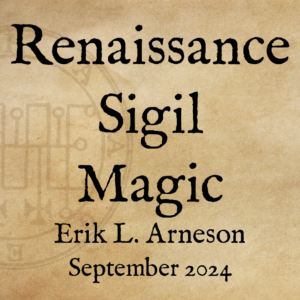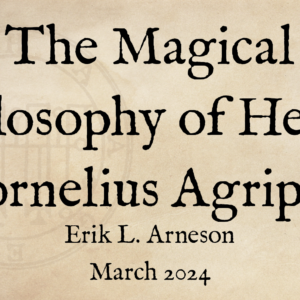 The Emerald Tablet, or Tabula Smaragdina,1 is a pivotal and important piece of Hermetica whose influence is still felt today. Many modern esotericists and occultists still look to the Emerald Tablet for inspiration and meaning. This can be frustrating, for though the tablet is brief, it is confusing and cryptic.
The Emerald Tablet, or Tabula Smaragdina,1 is a pivotal and important piece of Hermetica whose influence is still felt today. Many modern esotericists and occultists still look to the Emerald Tablet for inspiration and meaning. This can be frustrating, for though the tablet is brief, it is confusing and cryptic.
Where Did It Come From?
The Emerald Tablet is pretty old. It dates back to at least the 8th century C.E., when it was attested in the writings of Balinus. The tablet was first translated into Latin by the 12th century, so it was probably the earliest Hermetic text available to the Western world.2 Interestingly, though we can’t say for sure that the entire Emerald Tablet existed before the 8th century, there seems to be a passage quoting it in the Gospel of Philip from the Nag Hammadi library.3
[The Lord] said, “I came to make the things below like the things above, and the things outside like those inside. I came to unite them in one place.”4
 The tablet claims to be a message from Hermes Trismegistus. It even claims to be a summation of all of his wisdom, containing “the three parts of the philosophy of the whole world.”
The tablet claims to be a message from Hermes Trismegistus. It even claims to be a summation of all of his wisdom, containing “the three parts of the philosophy of the whole world.”
What Does it Say?
Below is Isaac Newton’s translation of the Emerald Tablet from around 1680.
- Tis true without error, certain & most true.
- That which is below is like that which is above & that which is above is like that which is below to do the miracles of one only thing
- And as all things have been & arose from one by the mediation of one: so all things have their birth from this one thing by adaptation.
- The Sun is its father, the moon its mother, the wind hath carried it in its belly, the earth is its nurse.
- The father of all perfection in the whole world is here.
- Its force or power is entire if it be converted into earth.
- Separate thou the earth from the fire, the subtle from the gross sweetly with great industry.
- It ascends from the earth to the heaven & again it descends to the earth & receives the force of things superior & inferior.
- By this means you shall have the glory of the whole world
- & thereby all obscurity shall fly from you.
- Its force is above all force. For it vanquishes every subtle thing & penetrates every solid thing.
- So was the world created.
- From this are & do come admirable adaptations whereof the means (or process) is here in this. Hence I am called Hermes Trismegist, having the three parts of the philosophy of the whole world
- That which I have said of the operation of the Sun is accomplished & ended.
What Does It Mean?
Well, that’s the big question, isn’t it? The Emerald Tablet’s message is cryptic, and has inspired analysis and commentary from dozens of intelligent thinkers over the centuries. Many of these writers have names which might be familiar to you: Roger Bacon, Aleister Crowley, and Isaac Newton are just a few of them. It is believed that the tablet holds secrets about the creation of the Philosopher’s Stone, and because of this has become one of the core texts in Western alchemy.
Perhaps the most important line in the Emerald Tablet is the one which contains the Hermetic Axiom. In Newton’s words, “That which is below is like that which is above & that which is above is like that which is below to do the miracles of one only thing.” This is typically shortened to “As above, so below.” This brief statement describes the correspondence between the microcosm and the macrocosm, an idea that has resonated throughout Western esoteric traditions for a very long time.5
Learning More
As a mystical text, the best way to really learn more about the Emerald Tablet is to read different translations and contemplate them. What do the differences in translation say about the original meaning? Figure out if one translation speaks to you better than the others. Write your own commentary by dissecting each line of the text and figuring out what the richly symbolic language seems to be saying.
Finally, share your interpretation with others. The Emerald Tablet’s true meaning continues to elude scholars, mystics, and alchemists everywhere. It could be that the meaning it conveys to each person is important in a deeply personal and spiritual way.
Did you like this article? Support my work on Patreon!

Does anybody else feel like “smaragdina” is a really unpleasant-looking word for a very beautiful substance? ↩
Ebeling, Florian. The Secret History of Hermes Trismegistus: Hermeticism From Ancient to Modern Times. Cornell University Press, 2007. 49-51. Balinus was also later known as pseudo-Apollonius of Tyana. ↩
Churton, Tobias. The Golden Builders: Alchemists, Rosicrucians, and the First Freemasons. Boston, MA: Weiser Books, 2005. 20, 71-2. ↩
Gospel of Philip, 67:30-35. (Robinson, James M., ed. The Nag Hammadi Library in English. San Francisco: Harper, 1990.) I’ve cleaned up the text so it’s easier to read. ↩
Churton. 20-1. ↩





[…] the Hermetic axiom, “As above, so below.” This is a simplified version of a verse from the Emerald Tablet, which […]
[…] magical arts. Finally, Hermes is also the legendary source of alchemy, through such works as the Emerald Tablet and the works of Zosimos of […]
[…] but sometimes it can cover a time period as late as the 8th century CE.1 That means that even the Emerald Tablet can be considered part of […]
The best recent commentary on the Emerald Tablet is that of Martin Faulks: The Emerald Tablet – A Commentary on the Path of the True Adept. I was so impressed by it that I sent copies to several friends and teachers.
[…] Germany. It was a movement that sprang from the Reformation, and it was steeped in esoteric lore, alchemical legends, and hope for a brighter and more rational future. The would-be Rosicrucians did not get their […]
[…] to the ground with his left. In doing so, he is symbolizing the Hermetic axiom found in the Emerald Tablet, which states, “That which is below is like that which is above & that which is […]
[…] The Emerald Tablet, and also read my piece on the Emerald Tablet […]
[…] The Emerald Tablet […]